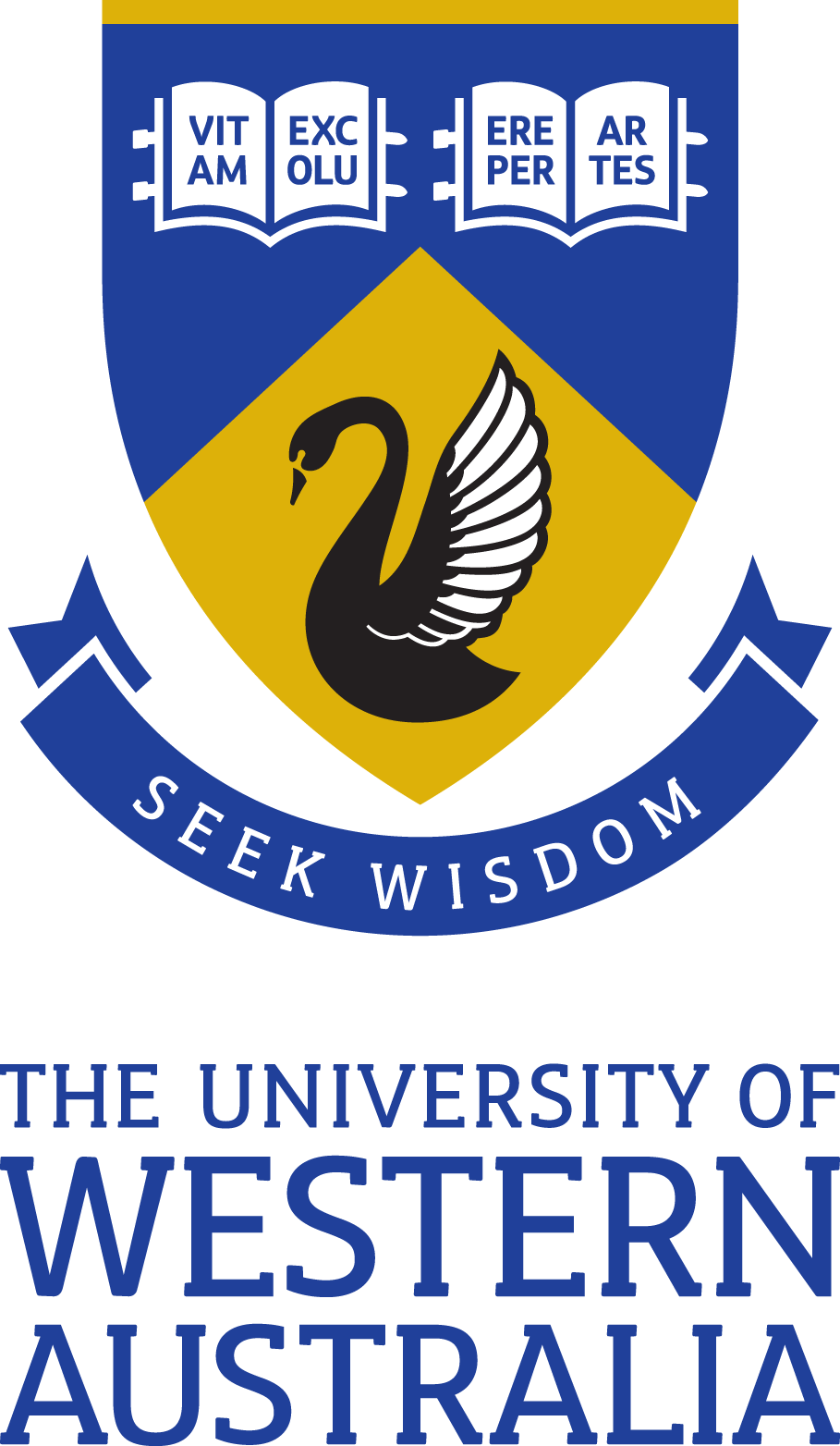Full description
This collection presents the first ML generated catalogue of radio galaxies from the 270 square degrees pilot survey of the Evolutionary Map of the Universe (EMU-PS, see related links) conducted with the Australian Square Kilometre Array Pathfinder (ASKAP, see related links) telescope. The detection pipeline employs Gal-DINO computer-vision networks (see related links) to predict the categories of radio morphology, bounding boxes for radio sources, and potential infrared host positions. These networks are trained and evaluated on around 5,000 visually inspected radio galaxies and their infrared hosts, encompassing both compact and extended radio morphologies. The evaluation shows high accuracy, with over 99% of predicted bounding boxes having an Intersection over Union (IoU) larger than 0.5 and 98% of predicted host positions being within 3 arcseconds of the ground truth. The catalogue construction pipeline utilizes the predictions of the trained network on radio and infrared image cutouts based on the catalogue of radio components identified using the Selavy source finder algorithm. It prioritizes components with higher confidence scores, resulting in the identification of 211,625 radio sources, of which 201,211 are classified as compact and unresolved, and 10,414 are categorized as extended radio morphologies. Cross-matching with infrared and optical catalogues reveals infrared cross-matches for 73% and photometric redshifts for 36% of the radio galaxies. The EMU-PS catalogue and detection pipelines presented will contribute to the construction of catalogues for the main EMU survey covering the full southern sky. For more details, see the paper "RG-CAT: Detection Pipeline and Catalogue of Radio Galaxies in the EMU Pilot Survey" in the PASA journal. If the embargo period is in effect, please email me at nikhel.gupta(at)csiro.au, and I will provide you with a link.Notes
External OrganisationsCSIRO Environment; Macquarie University; Western Sydney University; Universidad de Guanajuato; University of Wisconsin; National Institute for Astrophysics; National Radio Astronomy Observatory; University of Tasmania
Associated Persons
Nikhel Gupta (Creator); Ray Norris (Creator); Zeeshan Hayder (Creator); Lars Petersson (Creator); Andrew Hopkins (Creator); Rosalind Wang (Creator); Heinz Andernach (Creator); Yjan Gordon (Creator); Simone Riggi (Creator); Miranda Yew (Creator); Evan Crawford (Creator); Baerbel Koribalski (Creator); Miroslav Filipovic (Creator); Anna Kapinska (Creator); Stanislav Shabala (Creator); Josh Marvil (Creator)
Nikhel Gupta (Creator); Ray Norris (Creator); Zeeshan Hayder (Creator); Lars Petersson (Creator); Andrew Hopkins (Creator); Rosalind Wang (Creator); Heinz Andernach (Creator); Yjan Gordon (Creator); Simone Riggi (Creator); Miranda Yew (Creator); Evan Crawford (Creator); Baerbel Koribalski (Creator); Miroslav Filipovic (Creator); Anna Kapinska (Creator); Stanislav Shabala (Creator); Josh Marvil (Creator)
Issued: 2024-03-21
Subjects
User Contributed Tags
Login to tag this record with meaningful keywords to make it easier to discover
Identifiers
- DOI : 10.25919/YPFP-0P69

- global : 4bf2bed6-23d5-4eef-8b62-905c6686db30


